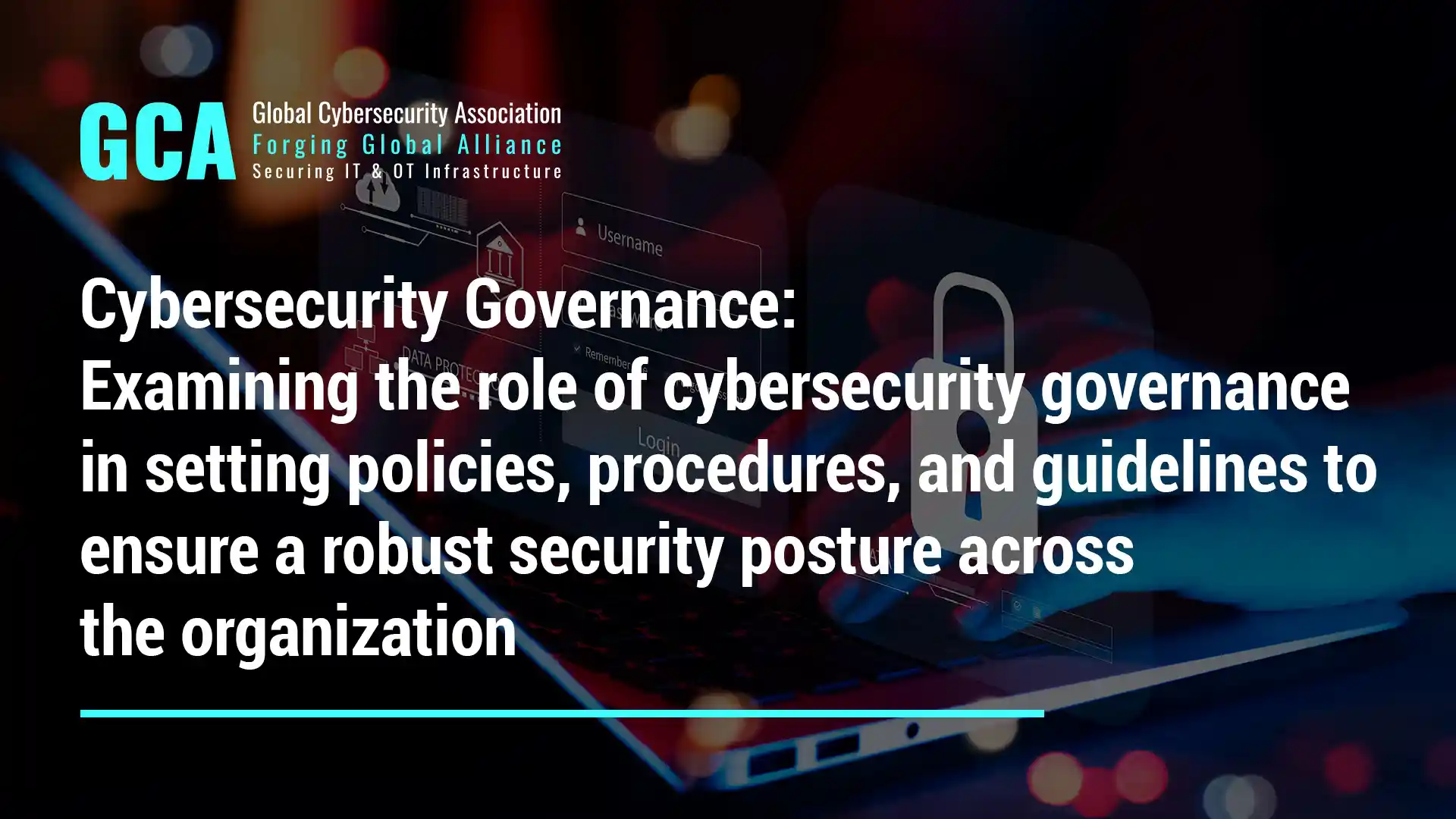Cybersecurity Governance In today’s rapidly evolving digital landscape. organizations face increasingly sophisticated cybersecurity threats. To effectively protect sensitive data and maintain a strong security posture, businesses must establish robust cybersecurity governance.
This blog delves into the role of cybersecurity governance in setting policies, procedures, and guidelines to ensure a comprehensive and proactive approach to cybersecurity across the organization.
Defining Cybersecurity Governance:
Cybersecurity governance refers to the framework and processes that guide an organization’s cybersecurity initiatives. It involves establishing clear roles, responsibilities, policies, and procedures to protect critical assets, mitigate risks, and ensure compliance with relevant regulations.
Effective governance provides a structured approach to managing cybersecurity, fostering a culture of security awareness and accountability throughout the organization.
Setting Policies and Procedures:

Cyber Security governance establishes policies and procedures that define how the organization handles data, access controls, incident response, and other critical security aspects. These policies serve as guidelines for employees, ensuring consistent adherence to security best practices.
By clearly defining acceptable use policies, password policies, data classification, and incident response protocols, organizations can minimize vulnerabilities and strengthen their overall security posture.
Aligning with Industry Standards and Regulations:
Cybersecurity governance ensures compliance with industry standards and regulations. Organizations must stay updated with relevant cybersecurity frameworks such as NIST Cybersecurity Framework, ISO 27001, and GDPR.
By incorporating these standards into their governance practices, businesses demonstrate their commitment to data protection, build trust with customers, and mitigate legal and reputational risks.
Risk Management and Assessment:
Cyber Security governance includes implementing risk management processes to identify, assess, and prioritize potential threats and vulnerabilities. Regular risk assessments allow organizations to understand their unique risk landscape and allocate resources effectively to mitigate those risks.
By integrating risk management into governance practices, businesses can proactively address emerging threats and minimize the impact of potential cybersecurity incidents.
Continuous Monitoring and Improvement:

Effective cybersecurity’s governance involves continuous monitoring of security controls and performance metrics. Regular audits, vulnerability assessments, and security incident tracking help identify gaps and weaknesses in the security infrastructure.
By leveraging this data, organizations can make informed decisions to improve their security measures, stay ahead of emerging threats, and ensure ongoing compliance.
Conclusion:
Cybersecurity governance plays a critical role in establishing a strong security foundation for organizations. By setting policies, procedures, and guidelines, organizations can create a proactive and comprehensive cybersecurity strategy.
Effective governance aligns with industry standards, mitigates risks, and ensures compliance with regulations. By integrating risk management, continuous monitoring, and improvement into governance practices, businesses can safeguard their critical assets, maintain customer trust, and stay resilient against evolving cyber threats.
Investing in robust cyber security governance is an essential step towards building a secure and resilient organization in the digital age.
